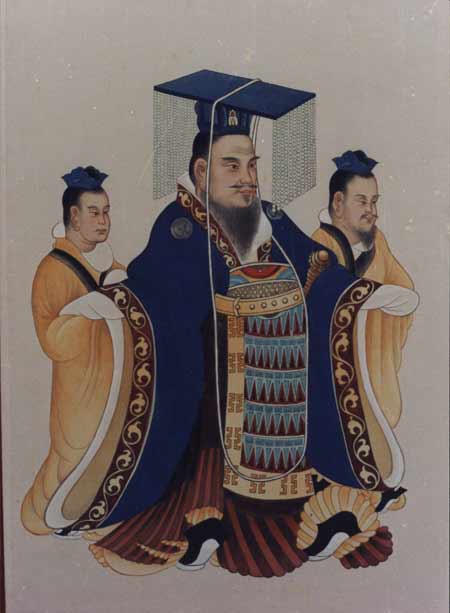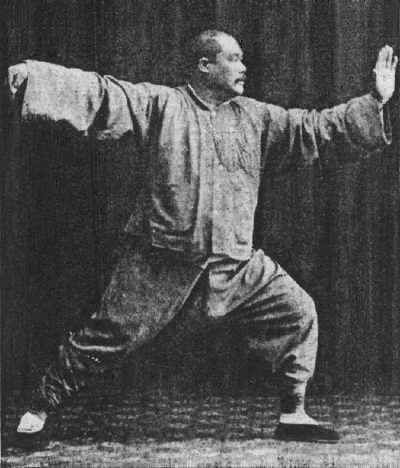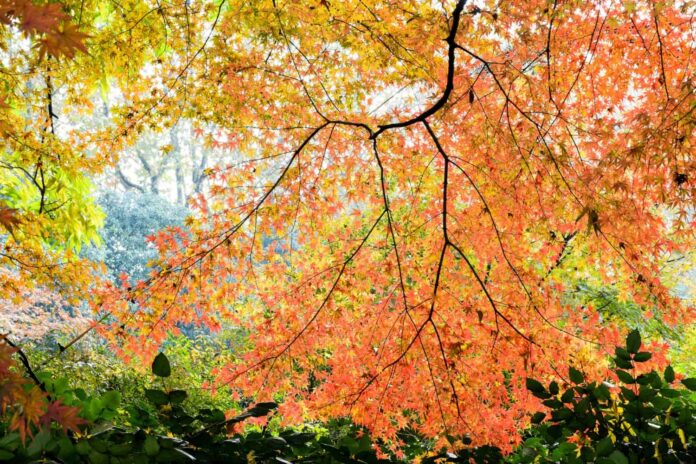The Start of Autumn in the Chinese Calendar
Today, Thursday, August 7, 2025, is 立秋 (Lìqiū), the official Start of Autumn in the traditional Chinese calendar. According to this ancient timekeeping system, autumn begins not with falling leaves or cooler temperatures, but with a precise astronomical marker.
At 13:51 (Beijing time), the Sun reaches 135° celestial longitude. This moment, falling on the 14th day of the 6th lunar month in 2025, signals the transition into autumn in Chinese tradition.
How the Chinese and Western Calendars Define Autumn
The Chinese Solar-Term System
The traditional Chinese calendar divides the year into 24 solar terms (二十四节气), each tied to the Sun’s position along the ecliptic. These terms have shaped agricultural and daily life in China for more than two thousand years.
Solar term
The solar year (歲; 岁; Suì), the time between winter solstices, is divided into 24 solar terms known as jié qì.
These solar terms mark seasons as well as equinoxes, solstices, and other Chinese events.
| Pinyin | Chinese | English | Date (2025) |
| Lì chūn | 立春 | Beginning of Spring | Feb 3 |
| Yǔ shuǐ | 雨水 | Rain Water | Feb 18 |
| Jīng zhé | 惊蛰 | Waking of Insects | Mar 5 |
| Chūn fēn | 春分 | Spring Equinox | Mar 20 |
| Qīng míng | 清明 | Pure Brightness | Apr 4 |
| Gǔ yǔ | 谷雨 | Grain Rain | Apr 20 |
| Lì xià | 立夏 | Beginning of Summer | May 5 |
| Xiǎo mǎn | 小满 | Grain Full | May 21 |
| Máng zhòng | 芒种 | Grain in Ear | Jun 5 |
| Xià zhì | 夏至 | Summer Solstice | Jun 21 |
| Xiǎo shǔ | 小暑 | Slight Heat | Jul 7 |
| Dà shǔ | 大暑 | Great Heat | Jul 22 |
| Lì qiū | 立秋 | Beginning of Autumn | Aug 7 |
| Chǔ shǔ | 处暑 | Limit of Heat | Aug 23 |
| Bái lù | 白露 | White Dew | Sep 7 |
| Qiū fēn | 秋分 | Autumn Equinox | Sep 23 |
| Hán lù | 寒露 | Cold Dew | Oct 8 |
| Shuāng jiàng | 霜降 | Descent of Frost | Oct 23 |
| Lì dōng | 立冬 | Beginning of Winter | Nov 7 |
| Xiǎo xuě | 小雪 | Slight Snow | Nov 22 |
| Dà xuě | 大雪 | Great Snow | Dec 7 |
| Dōng zhì | 冬至 | Winter Solstice | Dec 21 |
| Xiǎo hán | 小寒 | Slight Cold | Jan 5, 2025 |
| Dà hán | 大寒 | Great Cold | Jan 20, 2025 |
Start of Autumn: August 7, 2025
System: Solar term based; determined by the Sun’s position
Duration: Six solar terms from Lìqiū (Start of Autumn) to Lìdōng (Start of Winter) on November 7.
Purpose: Supports farming, seasonal health practices, and lifestyle planning
Western Seasonal Models
Western cultures generally define autumn using astronomical or meteorological models.
Astronomical Autumn:
Start Date: September 22, 2025
Basis: Earth’s axial tilt; begins at the Autumnal Equinox
Time: 18:19 UTC
Feature: Equal length of day and night
Meteorological Autumn:
Start Date: September 1
Basis: Monthly temperature averages
Duration: September through November
Purpose: Simplifies climate statistics and seasonal forecasting
These models are useful for weather prediction or calendar organization, but they don’t carry the same cultural and philosophical meaning as the Chinese system.
The “Autumn Tiger” Phenomenon
Despite the calendar declaring autumn, much of China continues to experience high temperatures in the days following Lìqiū. This lingering summer heat is known as 秋老虎, “Autumn Tiger.”
Typically lasting 7 to 15 days, the Autumn Tiger brings hot, humid afternoons, even as mornings and evenings begin to cool.
Cultural and Historical Significance

The Chinese solar-term calendar was formalized around 104 BC during the reign of Emperor Wu of the Han Dynasty. Lìqiū, the 13th of the 24 terms, has been used ever since to guide agricultural activities and daily living in rural communities.
Rather than marking seasons as fixed points on a calendar, this system reflects a dynamic interaction between humans and the environment. Each term signals a specific shift in natural patterns, temperature, humidity, light, plant behavior, or animal activity.
Seasonal Advice: Health and Lifestyle During 立秋

Chinese tradition offers seasonal health guidance to help individuals adapt to the changing climate during Lìqiū. Emphasis is placed on balance and moderation.
Sleep: Wake early but avoid excessive exposure to cold or air conditioning
Diet: Eat yin-supporting foods such as pear, yam, pumpkin, white fungus, lily bulbs, and lotus seeds
Exercise: Favor gentle movement, tai chi, walking, light jogging
Mindfulness: Spend time in nature; slow down to reflect and stay emotionally grounded
These practices aren’t just remnants of the past, they continue to influence modern Chinese life, particularly in regions where agricultural rhythms still shape daily routines.
A Seasonal Perspective Rooted in Nature
While Western calendars define autumn through temperature changes or equinoxes, the Chinese model integrates astronomy, agriculture, climate observation and lifestyle philosophy, a holistic framework for living in sync with nature’s rhythms.
Related article: Explained, the Chinese lunar calendar








